3 WAYS TO HANG A BEAR BAG
Bear canisters suck. They’re heavy, awkward to pack, obnoxious to open and close, and usually expensive. There certainly are many places that require them, even if it’s just to thwart clever critters such as raccoons and the like, but most of the time there’s a better option available for you to protect your vittles. This option is lighter to carry, easier to pack and more cost-effective.
Behold, the bear bag! Also called a food bag, this is exactly what it sounds like: a bag that stores all your food and scented items while you’re out traipsing through the forest. When used in conjunction with a few different hanging methods, your bear bag will keep your tasties out of an animal’s reach, both keeping you from going hungry on your trip, and keeping the animal safe from human intervention.
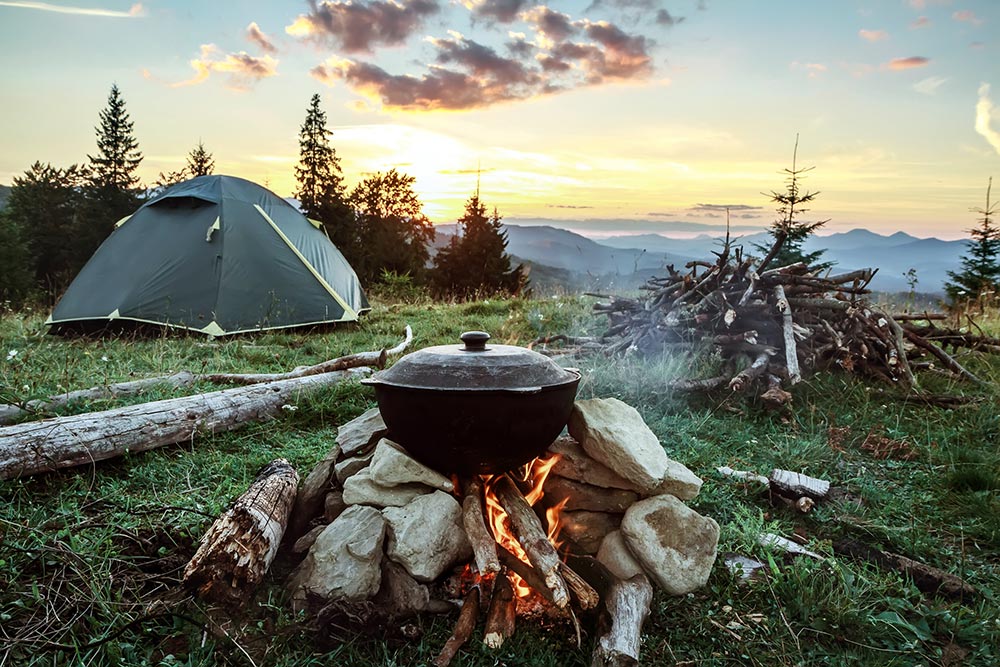
Nataliia Vyshneva / Dreamstime.com photo
If a bear is able to get into your food, it’s being encouraged to keep raiding campsites, which leads to possibly dangerous encounters for both the animal and the humans involved. The more often this happens, the worse the “bear problem” becomes, which can lead to agencies having to put these creatures down. Not cool.
And it’s not just bears that should worry you. Even mice can wreak havoc, and not only by eating or contaminating your food with droppings. If mice are enticed to your campsite with the promise of a meal, they could chew through all sorts of your gear to get at the food, which may sound harmless … until you’re in a survival scenario and they chew through something important (Biko Wright, a Season 8 contestant on an episode of “Alone,” suffered this fate, which contributed to his tapping out).
The takeaway here? Keep every variety of paw away from your campsite! Read on to learn three ways you can hang a bear bag to keep your food safe.
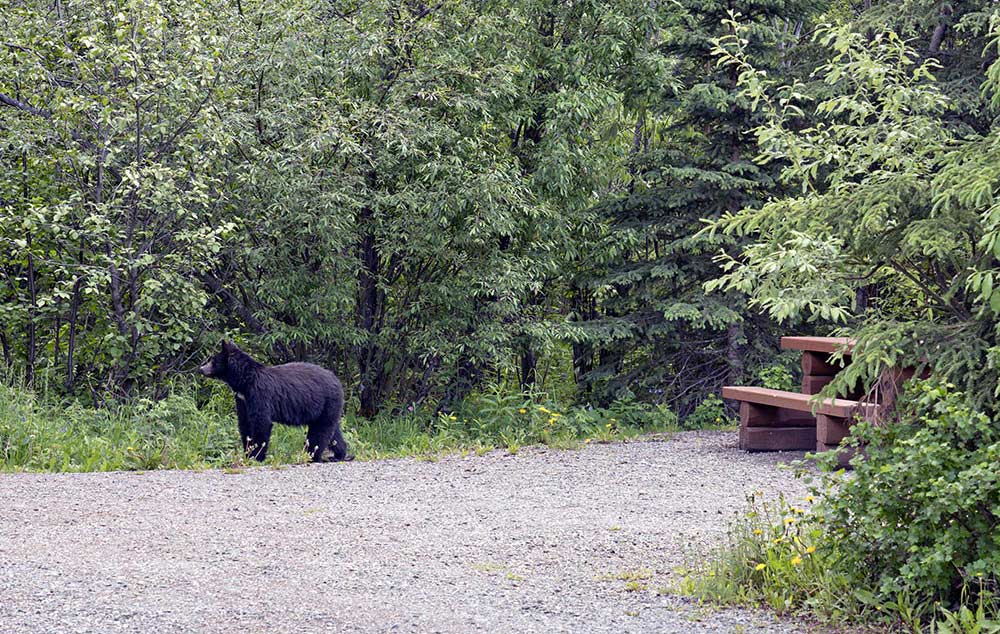
Michelle Cornelius / Dreamstime.com photo
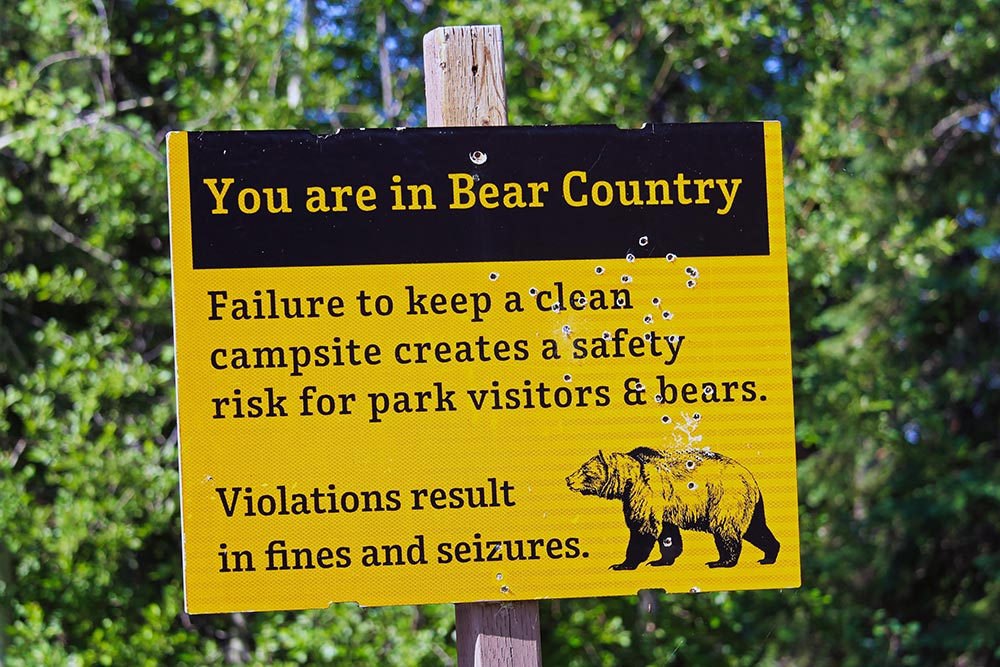
Amelia Martin / Dreamstime.com photo
WHAT YOU’LL NEED
For the PCT and traditional methods, you will need to find a tall tree with a sturdy branch that is high enough that your food will hang about 12 feet off the ground, and that is long enough that the food will be at least 6 feet away from the trunk. For the two-tree method, you will need two trees that are about 20 feet away from each other. For materials, you will need:
- Waterproof dry/stuff sack with a roll-up top that clips together
- 50 feet of strong cordage (paracord or slightly thicker rope)
- Locking carabiner
- Small rock
- Short, straight twig
- Patience
THE PCT METHOD
This is the most effective way to keep animals out of your food or supplies, so I will go more into depth with this method. According to various sources, PCT stands for either “Pretty Cool Trick” or “Pacific Crest Trail.” The reason the PCT method is so effective is that it hangs your bag in a way that would require the bear to climb the tree, shimmy out onto the branch, then cut the rope from the branch, versus simply cutting it from the ground. While it is indeed a Pretty Cool Trick, it’s a little trickier than the other two methods, so make sure you practice it enough before expecting to use it on the trail.
Step 1 » Put a small rock into your bear bag to weight it, making it easier to toss. Attach the carabiner to the cinched-closed roll-up top of the bag. Tie a bowline knot or otherwise secure the bag to the carabiner.
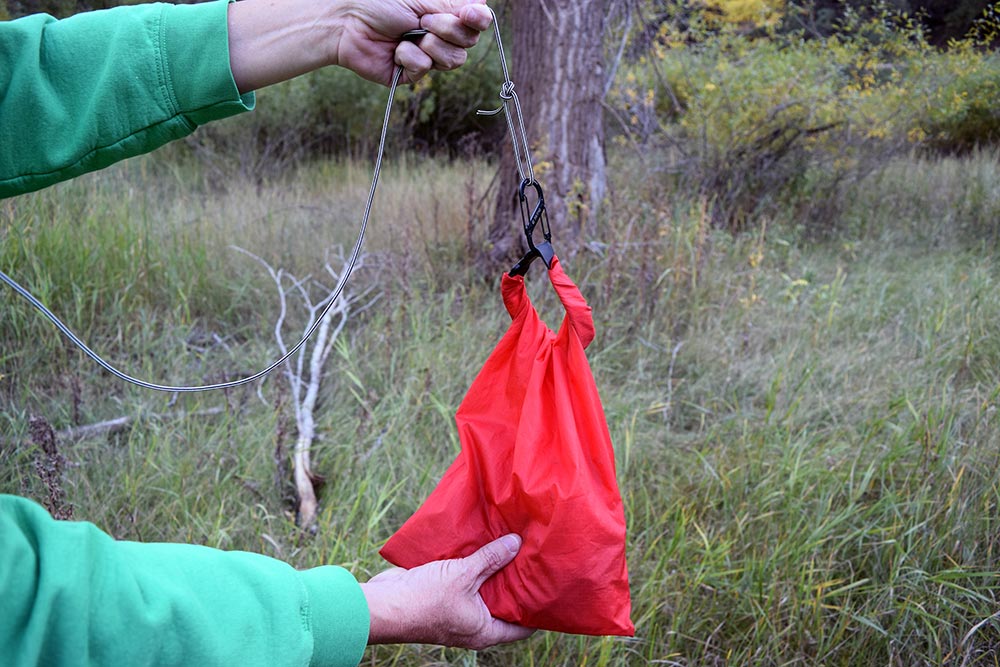
Step 2 » Toss the bag over the branch so that it will hang at least 6 feet from the trunk. (This is where that patience comes in.)
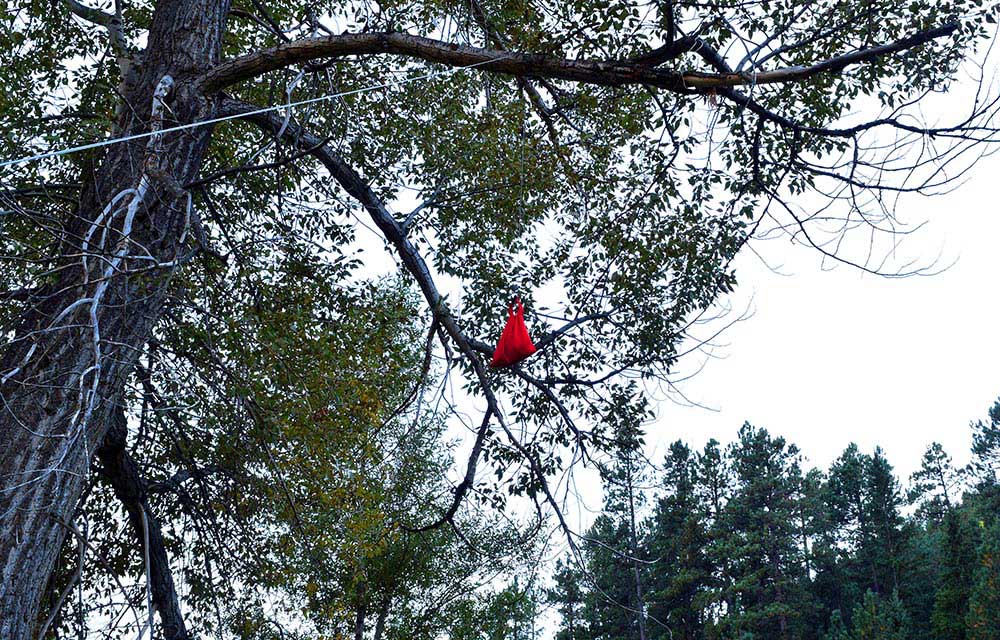
Step 3 » The bag should now be with you, with the cord slung over the branch. Remove the rock and replace it with your food and scented items. Clip the carabiner around the cord that’s dangling from the branch. Make sure the carabiner is properly locked.
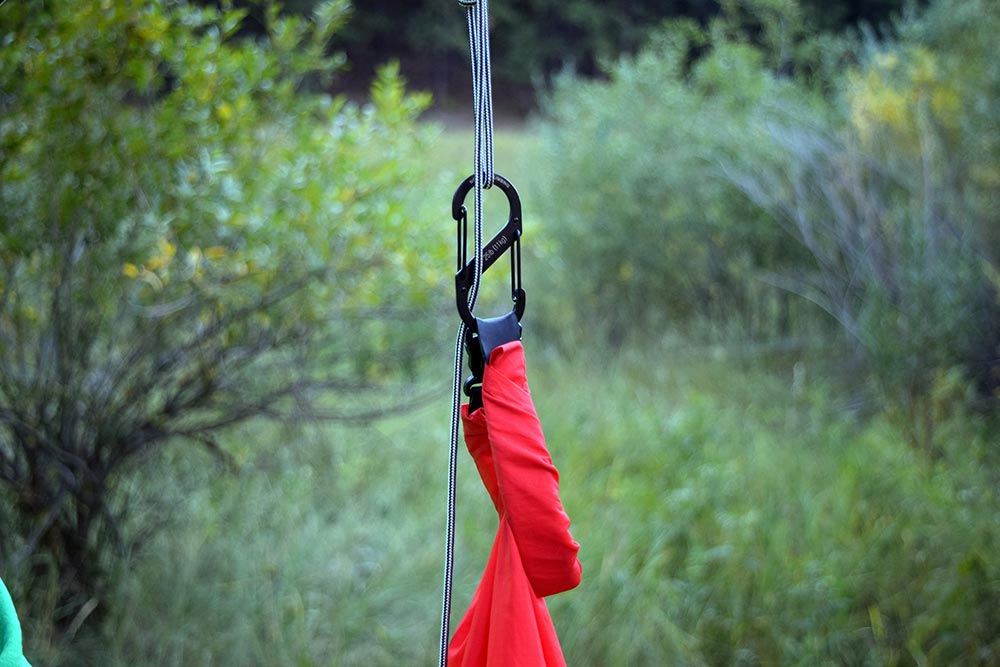
Step 4 » Hoist the bag up so that it is suspended at least 12 feet above the ground (or 15-20, even). Step on the cord (or have someone else do this) to keep the line taut and the bag suspended where you want it. Then reach up as high as you can and, using the rope you just pulled up, tie a clove hitch around the short twig that you have at the ready to make a jam stick. Again, patience is required.
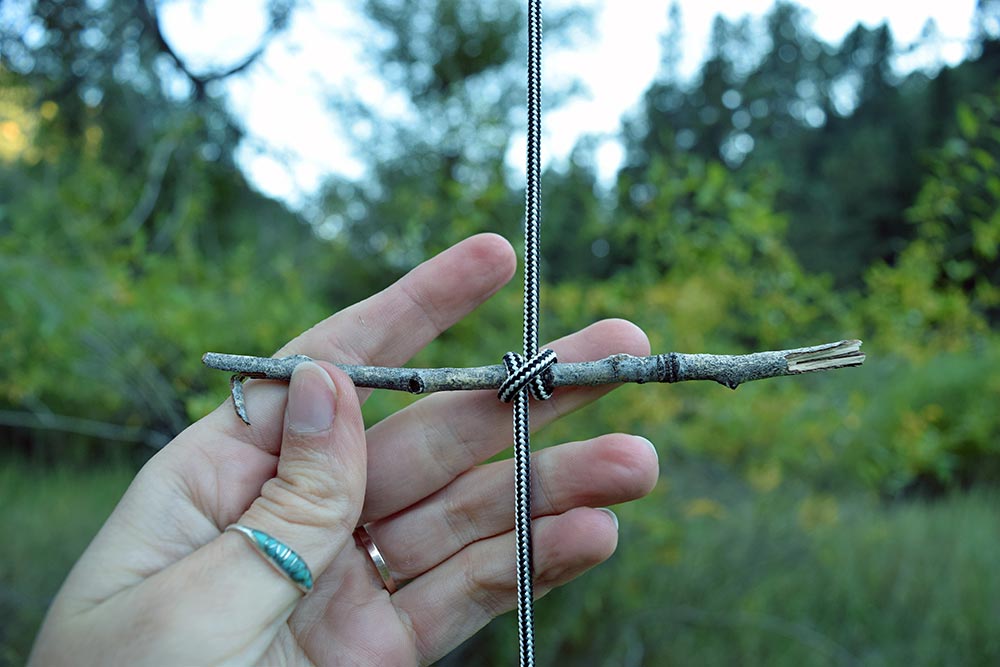
Step 5 » Slowly release the rope you’ve been standing on and the tied twig will rise into the air until it catches on the carabiner. Now your bag will stay in place.
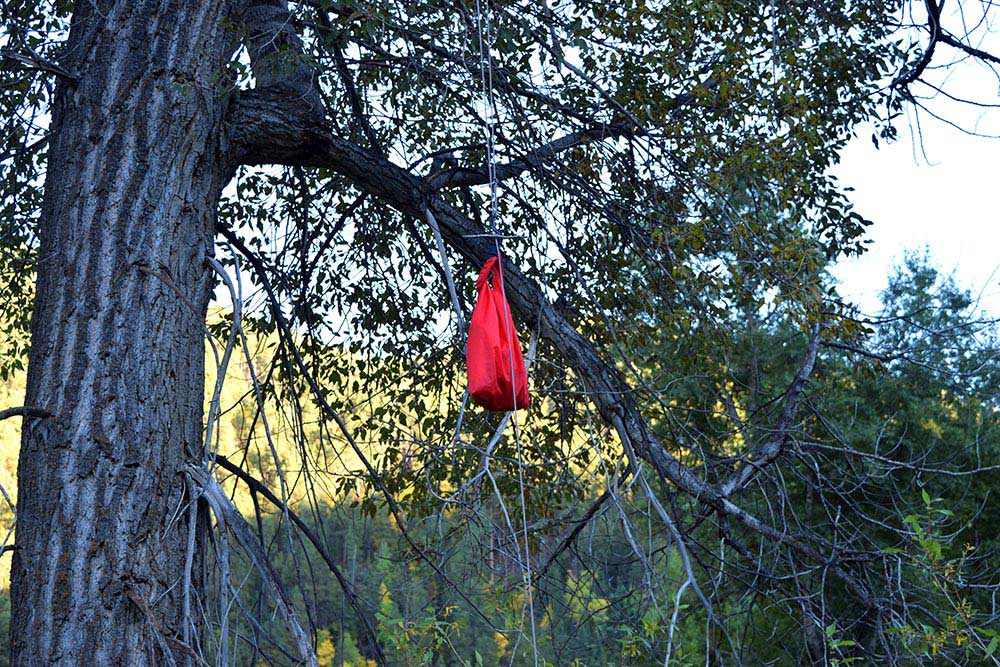
If you want something from the bag or to take it down, pull the rope down and remove the twig. Then you will be able to lower the bag.
THE TRADITIONAL METHOD
This method is pretty straightforward and will work in a pinch, but it isn’t fool (or bear) proof. Like with the PCT method, you will hoist your food bag up off the ground, but instead of having the bag catch at the top so it stays in place, leaving a loose cord dangling, the cord is tied off on the tree’s truck or on another trunk. This means that a very savvy bear could potentially cut the cord from the trunk, dropping your food to the ground and leaving a generous spread for the bear.
Step 1 » Repeat Steps 1 and 2 from the PCT method.
Step 2 » Hoist the bag up so that it is 12 feet from the ground and 6 feet from the trunk.
Step 3 » Tie the taut cord to the trunk of another tree, preferably using a clove hitch. Do this as high off the ground as possible.
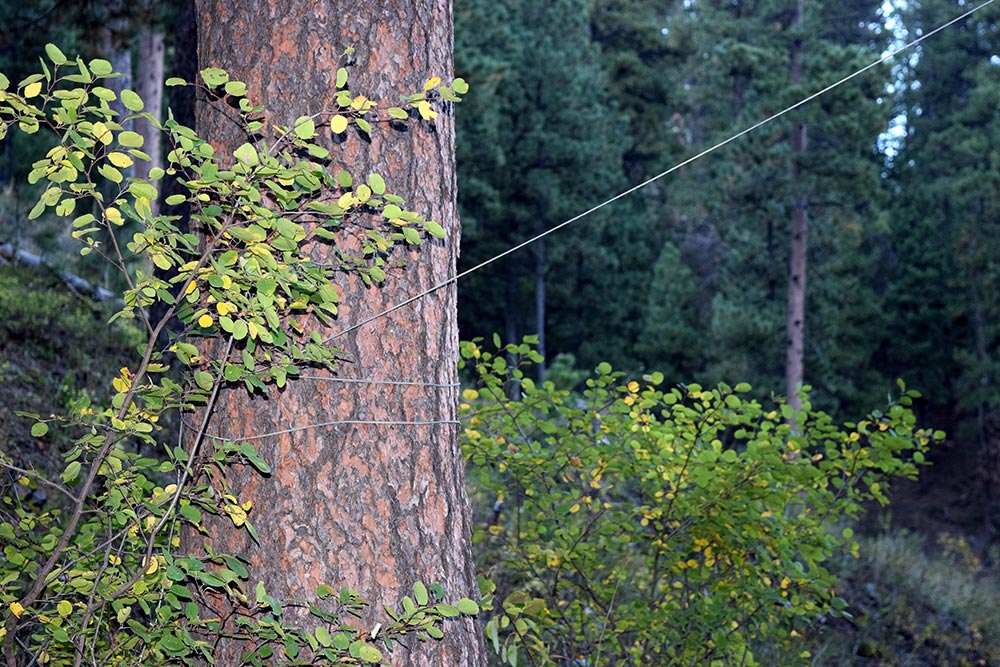
THE TWO-TREE METHOD
This is the method to use if you can’t use the other two because you don’t have a tall enough tree. Locate two trees that are about 20 feet apart with tall, sturdy branches. You’ll be attaching your food bag to the middle of the cord and suspending it between the two trees.
Step 1 » Toss one end of the cord over a branch on one tree. Toss the Other end of the cord over a branch on the second tree.
Step 2 » With a carabiner, attach your full food bag to the middle of the cord that’s hanging between the two trees.
Step 3 » Secure one end of the cord to one of the trees. Then go to the other end and pull it taut so that the bag is raised up at least 12 feet from the ground. Tie that end to its respective tree.
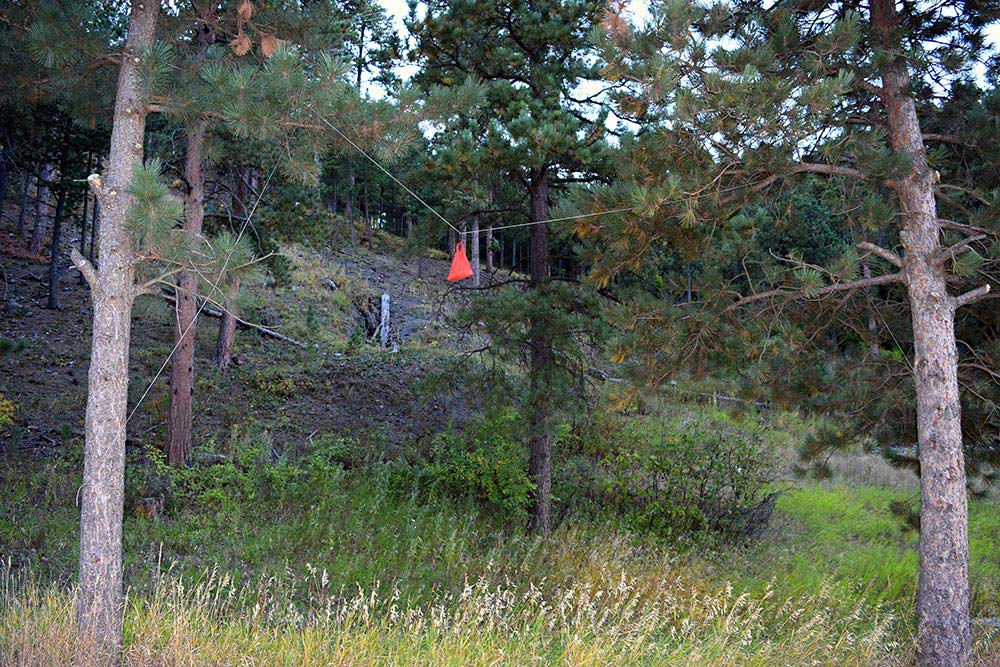
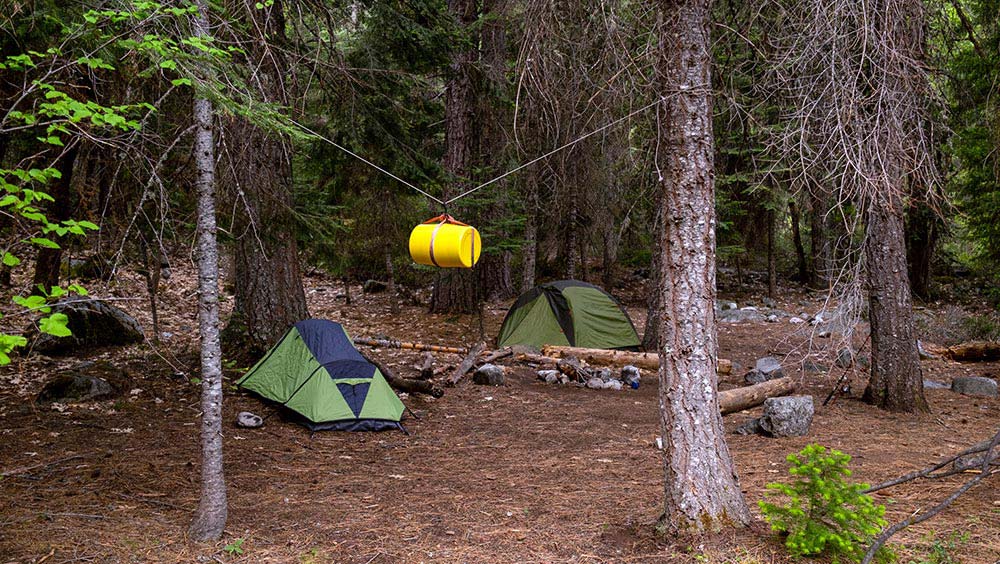
Elsafraga / Dreamstime.com photo
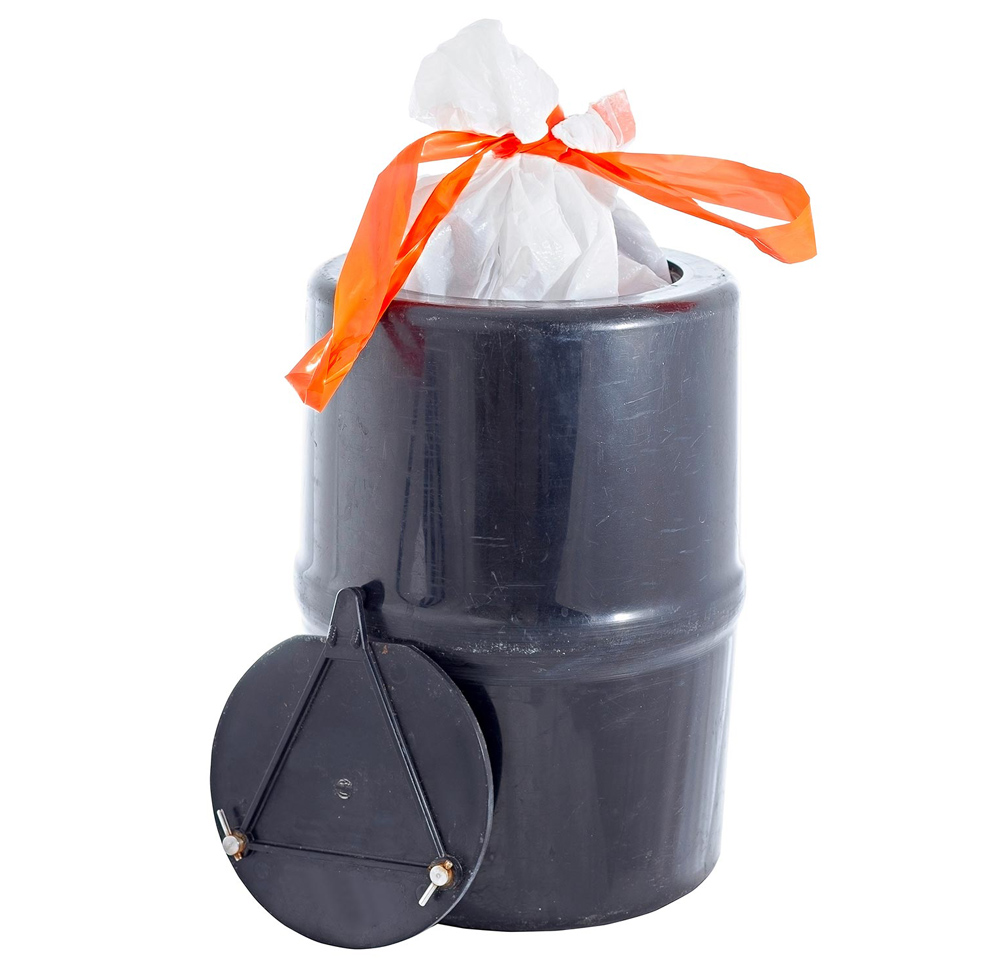
Snyfer / Dreamstime.com photo



